A safe ride needs to ensure two factors: a good driver and a car without problems. A good driver always knows how to care and take care of his car from the minor details.
So do you know how to tighten the wheel lug nuts following the car you are driving? Wheel screws that are too tight or too loose are potential safety hazards. Please refer to this article on how much torque is for lug nuts in your car!
Why Do You Need To Tighten The Lug Nuts To The Correct Wheel Torque?
The lug nuts’ torque parameter represents the wheel’s tightness attached to the vehicle’s axis of rotation. You can easily find the correct parameters in the accompanying manual.
Wheels that are not tight enough will not be safe because the wheels are loose. More dangerously, screws that are too tight can warp the brake rotors and even crack or break the wheel hubs. When the brake lines are bent, the brakes will not work correctly and quickly lead to an accident when running at high speed. While the wheel hub is cracked or broken, you need to replace it entirely.
Therefore, to ensure the safety of themselves and their passengers, anyone should know the torque regulation of lug nuts and how to adjust them properly.
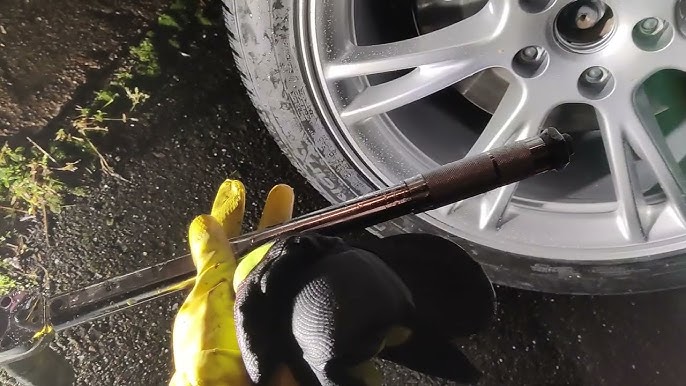
How Much Torque For Lug Nuts?
As mentioned, lug nuts have different torque intervals depending on the vehicle type, wheel type, and production time. The unit of torque commonly used is foot-pound (ft.-lb.).
You can find the right specs in your vehicle’s owner’s manual. If you do not have a manual, you can refer to it on the internet or follow the instructions in the table below.
| Wheel Size | Screw size | Lug nut type | Typical torque range (ft.-lb.) | Material of wheel frame |
| 8 – 14 inches | 7/16 inches | Coned | 55 – 65 | Steel/Aluminum |
| 8 – 14 inches | 1/2 inches | Coned | 75 – 85 | Steel/Aluminum |
| 8 – 14 inches | 9/16 inches | Coned | 95 – 115 | Steel/Aluminum |
| 8 – 14 inches | 12 mm | Coned | 70 – 80 | Steel/Aluminum |
| 8 – 14 inches | 14 mm | Coned | 85 – 95 | Steel/Aluminum |
| 15 inches | 1/2 inches | Coned | 90 – 120 | Steel |
| 15 inches | 1/2 inches | Coned | 90 – 100 | Aluminum |
| 16 inches | 1/2 inches | Coned | 90 – 120 | Steel |
| 16 inches | 1/2 inches | Coned | 90 – 100 | Aluminum |
| 16 inches | 9/16 inches | Coned | 120 – 140 | Steel/Aluminum |
| 16 inches | 5/8 inches | Flanged Nuts (Rotating Flange) | 150 | Aluminum |
| 17.5 inches | 9/16 inches | Coned | 130 – 150 | Aluminum |
| 17.5 inches | 5/8 inches | Coned | 140 – 160 | Aluminum |
| 17.5 inches (Single) or 16 inches (Dual) | 5/8 inches | Flanged Nuts (Rotating Flange) | 190 – 210 | Steel |
| 17.5 inches (Single) or 16 inches (Dual) | 5/8 inches | Flanged Nuts (Non – Rotating Flange) | 275 – 325 | Steel |
Normally, you should adjust the torque for newly purchased and newly installed wheels after about 50-100 miles. Because at this time, the metal of the screw will expand due to heat, causing the torque to be inaccurate.
Steps To Adjust Torque To Correct Parameters
Tools to prepare
The tool you need to prepare to re-torque is a hand torque wrench suitable for turning screws. We recommend using torque wrenches instead of using pneumatic guns with torque sticks.
An impact gun can change the torque from low to high, but it is easy to wear out the screws and tighten the wrong parameters. At the same time, torque wrenches will overcome these disadvantages.
In addition, click-type torque wrenches will make a “click” sound when you have adjusted to the desired initial setting.
There are four commonly used torque wrenches: 1/4, 3/8, 1/2, and 3/4 inches. Each type will be suitable for use for a specific torque range.
To choose appropriate wrenches, you can refer to the table below. However, keep in mind that these wrenches are often inaccurate at the beginning and end, so choose about 10 ft.
Steps to take
After determining the torque value and selecting the appropriate click-type torque wrenches, you proceed to adjust the lug nuts. The job is straightforward, you just need to follow these steps:
- Loosen all wheel screws.
- Adjust the hand click-type torque wrenches to your desired torque value.
- Turn each lug nut in turn until you hear a click. Note the following diagram (X pattern) depending on the number of screws on the wheel. Turn like this to ensure even tightening and not to break the wheel hub.
- After pulling all the lug nuts, switch to the remaining wheels.
Notes when adjusting torque for lug nuts
- Select hand torque wrenches to leave about ten ft. less than the specified level.
- The wheel must be allowed to cool down to the correct ambient temperature before adjusting.
- The screws must be free of oil and dirt before changing.
- Turn the screws in turn according to the X pattern. Never turn the wheel nuts in a circle, as this will cause the wheel’s force to be off-center and break the axle.
The Reasons Why Lug Nuts Continue To Be Loose
There are many reasons why the lug nuts that attach the wheel to the wheel hub remain loose. Knowing the cause will help you proactively protect your vehicle and limit the number of times you have to adjust to the proper torque parameter.
Temperature
Many wheels are made from aluminum alloy, while the lug nuts are made from steel. The two metals have different expansion temperatures, so when the wheel temperature rises and falls, the two parts expand and contract unevenly.
If you buy genuine cars from famous brands like Audi, you can be assured of the quality of their wheels. For more details, check out “Are Audis good cars?”.
Incorrect torque setting
If the lug nuts are only tightened below the specified torque value, they will undoubtedly be loose. Turning too tight compared to the specified torque can wear out the lug nuts and the holes in the wheel. Over time, the screws will no longer fit into the original screw hole.
The lug nuts do not match the wheel
If the lug nuts are installed on the wheel and are covered with sand and dirt, it will also prevent the screws from being appropriately adjusted. Worn wheels or worn screw holes from tightening too tightly can also cause lug nuts to become loose.
Conclusion
The article has shown you How much torque is for lug nuts and how to adjust the screws to the appropriate parameters. Good luck, and always have a relaxing and safe ride in your favorite vehicle.

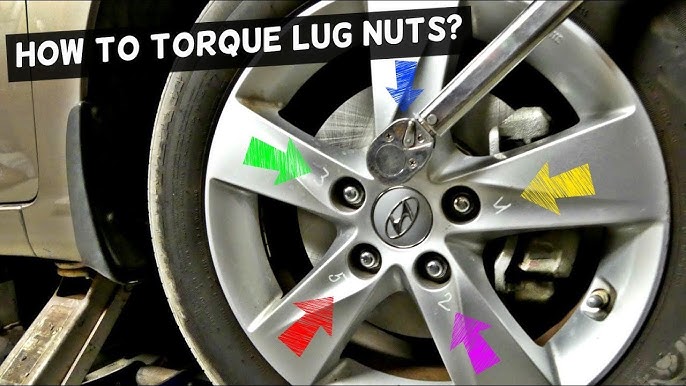
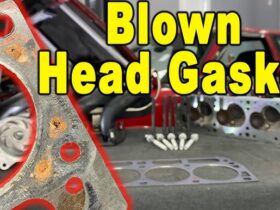
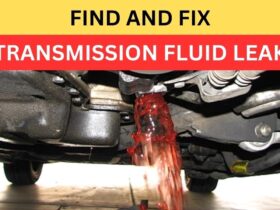
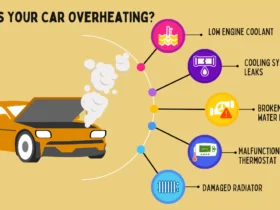
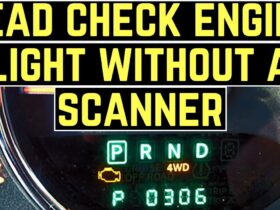
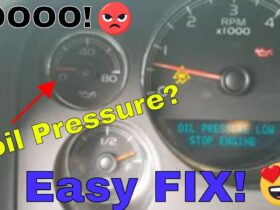
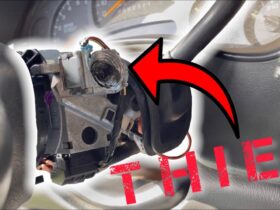


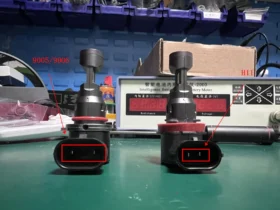
Leave a Reply